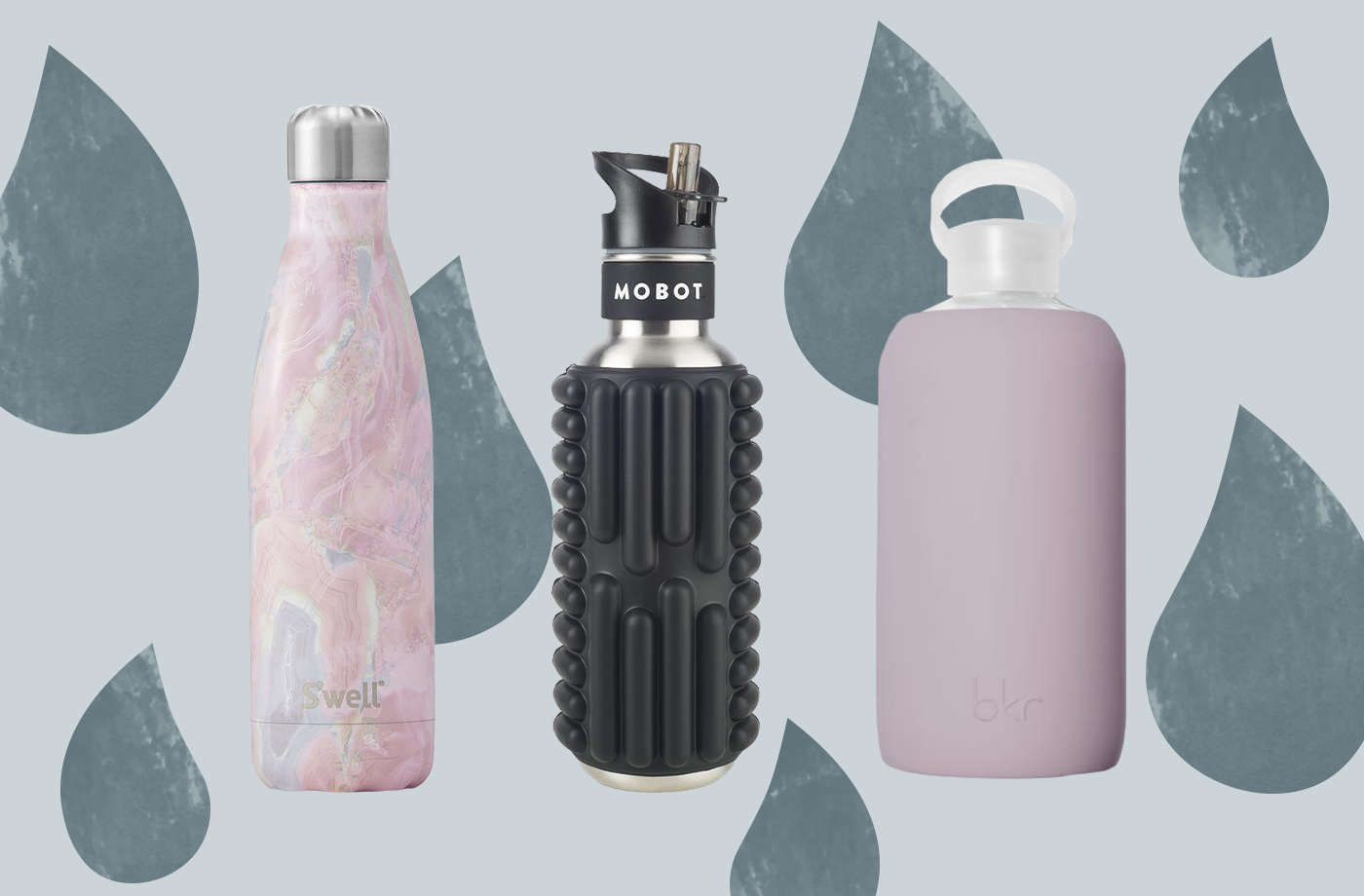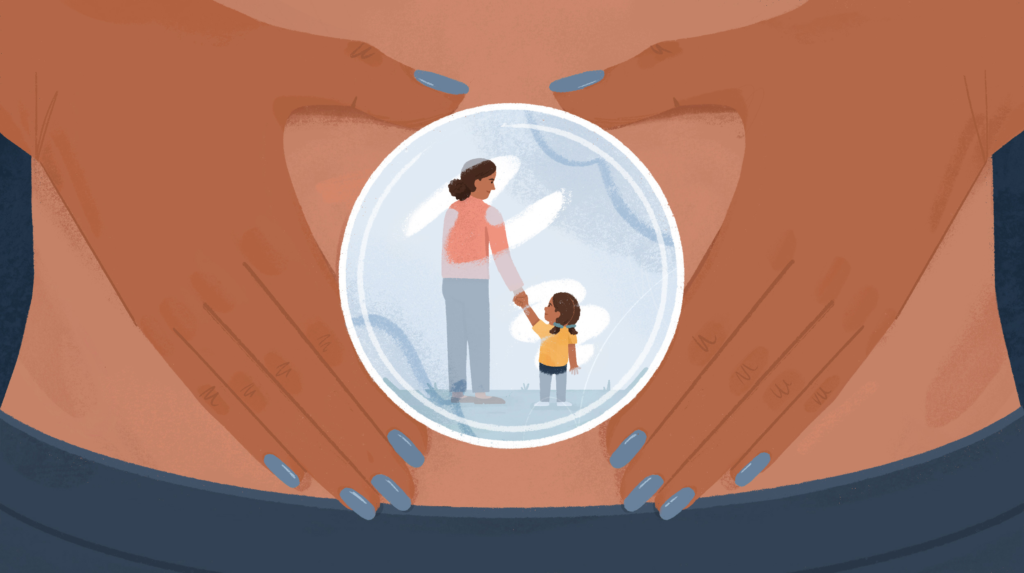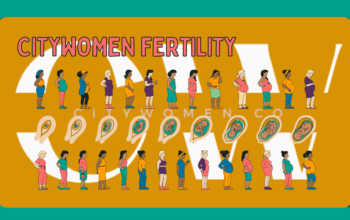
March 05, 2020 at 09:00PM by CWC
Over the past few years, the basic earth element of water somehow snagged itself a cool-factor edge. Google searches for “hydration” have almost doubled since 2015; new apps that remind you to drink water (like, a lot of apps) have burst onto the scene; and at the time of publish, more than 790,000 Instagram posts had used the #stayhydrated hashtag. Furthermore, since 2016, bottled water has been the most popular beverage in America, outselling coffee, soft drinks, and all manner of other beverages.
On one hand, it’s hard to find any real problem here: Water is essential for keeping our bodies functioning, and dehydration can lead to a whole host of problems. But on the other hand, there’s no medical proof specifying any need to drink a half gallon of water a day—so why does it seem like hydration has become a trend and top wellness priority for so many people?
The Jennifer Aniston effect
It all started with a rather unlikely culprit: Jennifer Aniston. She’s influenced a lot of cultural trends (like, with that haircut, for one), but perhaps the most enduring is also the most under-the-radar: the notion that water is an all-purpose beauty elixir. In 2007, Aniston became the spokesperson for Glacéau’s bottled water brand Smartwater. Prior to that point, bottled water brands more commonly ran ads focusing on the water’s purity or rustic qualities, like Poland Springs’s “What it means to be from Maine” campaign. While pricey water brands like Evian and Volvic had previously marketed themselves as luxury goods and other waters had hired celebrities to appear in one-off commercials, Smartwater’s decision to enter into the type of massive celebrity endorsement deal we’re more used to seeing in other consumer goods categories—like shampoo, perfume, and sneakers—was a major shift for the water industry.
ADVERTISEMENT
ADVERTISEMENTKate Spade Autumn/Winter Sale |
Aniston’s Smartwater tenure began with ads showcasing her on red carpets or relaxing at home, emphasizing water as part of her routine—and it decidedly had nothing to do with what it means to be from Maine, or the like. Aniston didn’t just endorse water in those ads, either—she spoke about it publicly in interviews, often noting that she personally drank 100 ounces of water a day, propagating the medically unfounded notion that if you drink enough water, you can look and feel and live like her.
Water essentially became the beverage equivalent of a celebrity-endorsed workout.
Aniston may have led the charge of celebrities touting the benefits of hydration, but many others followed suit—no endorsement deal necessary. In 2012, Beyonce told Vogue she drinks a gallon of water a day; in 2014, Gabrielle Union told The New York Times the same, claiming that she does it for the health of her “hair, skin, nails”; and that same year, Cameron Diaz said she chugs a liter of water immediately after waking up, and demonstrated her water-gulping abilities on an episode of Dr. Oz. Water essentially became the beverage equivalent of a celebrity-endorsed workout. And with this celebrity stamp of approval, it’s easy to understand why so many seemed eager to copy the hydration habit.
Instagram and the influence of chic water bottles
In the mid-2010s, the world—specifically, the world in which we participate from the viewpoint of our phones—became inundated with a new type of celebrity: the Instagram influencer. Since 2013, the social platform has grown from 90 million monthly users to one billion, which has allowed it to circulate messaging to so many people about various health and wellness interests—including that gold-star pursuit of hydration. Via influencers, with or without endorsement deals of their own, Instagram has certainly helped build reusable water bottles into a bona fide industry, with the product joining your phone, wallet, and keys on the list of things you can’t leave home without.
Reusable water-bottle brand S’well, for one, is happy to credit the influence of Instagram with some of its own success. Coming into a world where water bottles solely focus on function (think the chunky, normcore Nalgene bottles of the late ‘90s), S’well launched in 2010, was featured in O: The Oprah Magazine in 2011, and then expanded into a wide array of colors and designs, opening the doors to reusable water bottles that marry function and fashion. But according to S’well company executives, Instagram is what transformed the product—from a branding perspective—into a fashion accessory, instead of just being the thing that keeps you from getting dehydrated.
According to S’well company executives, Instagram is what transform the product into a fashion accessory, instead of just being the thing that keeps you from getting dehydrated.
And market research points to the reusable bottle market, currently bringing in $239 million a year in the United States, only growing more through 2025. Options now abound for catering to specific hydration needs: There are, for instance, Bluetooth-connected bottles to help you track your hydration levels all day, a $5,000 Chanel water bottle that singer-songwriter Maggie Rogers toted on the red carpet at the 2020 Grammys, a foam-roller bottle, and other design-forward bottles, including options from Hydroflask, Yeti, and Sigg. With the hydration-accessory market getting more saturated by the day and consumers buying in, it’s hard to remember a time when you weren’t reminded, even if passively, of the importance of drinking up.
But will water actually give you a glow up?
Just as the “eight glasses a day” rule is a hydration myth, so too is the notion that you can gulp your way to skin glow. “There is no data showing that you need to drink eight glasses of water to maintain skin hydration,” says dermatologist Joshua Zeichner, MD. “On the other hand, there also is no data showing that drinking fewer than eight glasses of water is harmful to your skin.” While water is obviously important for overall health, Dr. Zeichner says he most wishes “more people would publicly admit what they are truly doing to keep their skin clear, be it a prescription medication or a professional treatment. Drinking water may be important, but it will not get rid of permanent acne scars or sun spots.”
This authenticity conundrum points to potentially unsavory effects of buying into hydration as a trend: When people, stars included, name the basics (like, say, getting eight hours of sleep) as their favorite wellness and beauty habits, they come across as grounded and relatable. But, rarely is it the case that these are actually the only rituals that go into a star-studded appearance or lifestyle the masses aim to emulate.
While water is healthy, remember that it’s not a magical new cure-all. Continue drinking it when you’re thirsty, but don’t let it become something you feel badly about doing—or, rather not doing enough.
Nutrition therapist Rachael Hartley, RD, says she’s noticed more women feeling a sense of shame about their water consumption habits, noting that many “focus on a specific number and this belief that good hydration will have some magical, transformative effects.” And when that doesn’t pan out, it can feel like just another thing they can’t do right.
But that doesn’t have to be the case. “Just like our energy needs change from day to day, so do our fluid needs,” Hartley says. “It’s impossible to set an exact amount of water to drink each day.” So just as buying a notebook you like might facilitate you actually using it more to journal your thoughts, buying a water bottle you like as a means to help you remember to take regular sips isn’t wrong by any means. But while water is healthy, do remember that it’s not a magical new cure-all. Continue drinking it when you’re thirsty, but don’t let it become something you feel badly about doing—or, rather, not doing enough.
On this flip side of hydration as a trend is dehydration—so you should know this three-second pinch check. And here’s the best way to drink water, according to Ayurveda.
Author Gabrielle Moss | Well and Good
Selected by CWC

ADVERTISEMENT
ADVERTISEMENTUp to 30% off Gift Sets |







